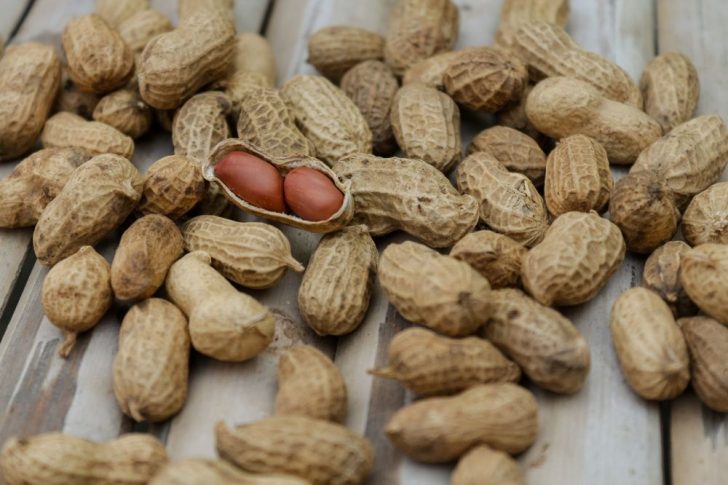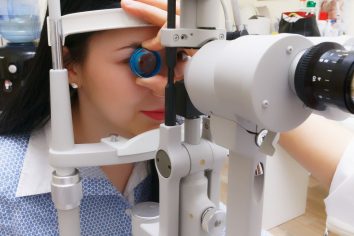High Protein Diet: A Comprehensive Guide

Introduction
A high protein diet has gained popularity in recent years due to its numerous health benefits and effectiveness in weight loss. This article aims to provide a detailed overview of the high protein diet, including its definition, types, popularity, and quantitative measurements. Additionally, it will discuss the differences between various high protein diets and provide a historical review of their advantages and disadvantages. This informative article is structured to increase the likelihood of appearing as a prominent snippet in a Google search.
I. Overview of High Protein Diet

A high protein diet is a dietary approach that emphasizes the consumption of foods rich in protein. Proteins are essential macronutrients that play a vital role in building and repairing tissues, producing enzymes and hormones, and supporting overall bodily functions. This section will delve into the importance of protein in the diet and highlight the benefits of a high protein diet.
II. Presentation of High Protein Diet
1. Definition and Types
The high protein diet encompasses various approaches, such as the Atkins Diet, Paleo Diet, and ketogenic diet. Each of these diets has its own specific guidelines and food choices. This section will provide in-depth explanations of these diets, highlighting their key principles and the types of foods typically consumed.
2. Popularity
The popularity of high protein diets has soared in recent years, with many individuals seeking effective ways to improve their health and achieve their weight loss goals. This section will delve into the reasons behind their popularity, citing factors such as their effectiveness in reducing appetite, promoting fat loss, and preserving muscle mass.
III. Quantitative Measurements of High Protein Diet
To understand the impact of a high protein diet, it is crucial to examine the quantitative measurements associated with this approach. This section will explore the recommended daily protein intake and the optimal protein macronutrient ratio for different individuals based on their age, sex, activity level, and goals. Additionally, it will discuss the potential risks and side effects of excessive protein consumption.
IV. Discussion on the Differences between High Protein Diets
While high protein diets share a common emphasis on protein intake, there are notable differences among various approaches. This section will compare and contrast the key features, benefits, and drawbacks of popular high protein diets, such as the emphasis on specific food groups, macronutrient ratios, and long-term sustainability.
V. Historical Review of Pros and Cons of High Protein Diets
Examining the historical context of high protein diets allows us to understand their evolution and the controversies surrounding them. This section will provide an overview of the upsides and downsides associated with different high protein diets throughout history. It will also discuss the scientific research supporting their benefits and the concerns raised by health professionals regarding potential risks and imbalances in nutrient intake.
Conclusion
In conclusion, a high protein diet offers numerous health benefits, including weight loss, improved satiety, and muscle preservation. This article has provided a comprehensive overview of high protein diets, elucidating their various types, popularity, quantitative measurements, differences between approaches, and historical pros and cons. By prioritizing protein intake, individuals can optimize their overall health and achieve their desired fitness goals efficiently and effectively. Embracing a high protein diet should be done in consultation with a healthcare professional or registered dietitian to ensure it fits one’s individual needs and preferences.
FAQ
What is a high protein diet?
Which types of high protein diets are popular?
What are the potential risks of excessive protein consumption?
Fler nyheter
Tandtekniker i Stockholm: En guide till professionella tandvårdsalternativ
Introduction A high protein diet has gained popularity in recent years due to its numerous health benefits and effectiveness in weight loss. This article aims to provide a detailed overview of the high protein diet, including its definition, types, p...
Maja Bergman Lindberg
08 april 2024
Hitta en bra optiker i Örnsköldsvik
Introduction A high protein diet has gained popularity in recent years due to its numerous health benefits and effectiveness in weight loss. This article aims to provide a detailed overview of the high protein diet, including its definition, types, p...
Maja Bergman Lindberg
05 april 2024
Osteopati i Stockholm – väg till ett smärtfritt liv
Introduction A high protein diet has gained popularity in recent years due to its numerous health benefits and effectiveness in weight loss. This article aims to provide a detailed overview of the high protein diet, including its definition, types, p...
Lotta Alberius
04 april 2024
Från välmående till topprestation med en hälsocoach
Introduction A high protein diet has gained popularity in recent years due to its numerous health benefits and effectiveness in weight loss. This article aims to provide a detailed overview of the high protein diet, including its definition, types, p...
Maja Bergman Lindberg
12 mars 2024











